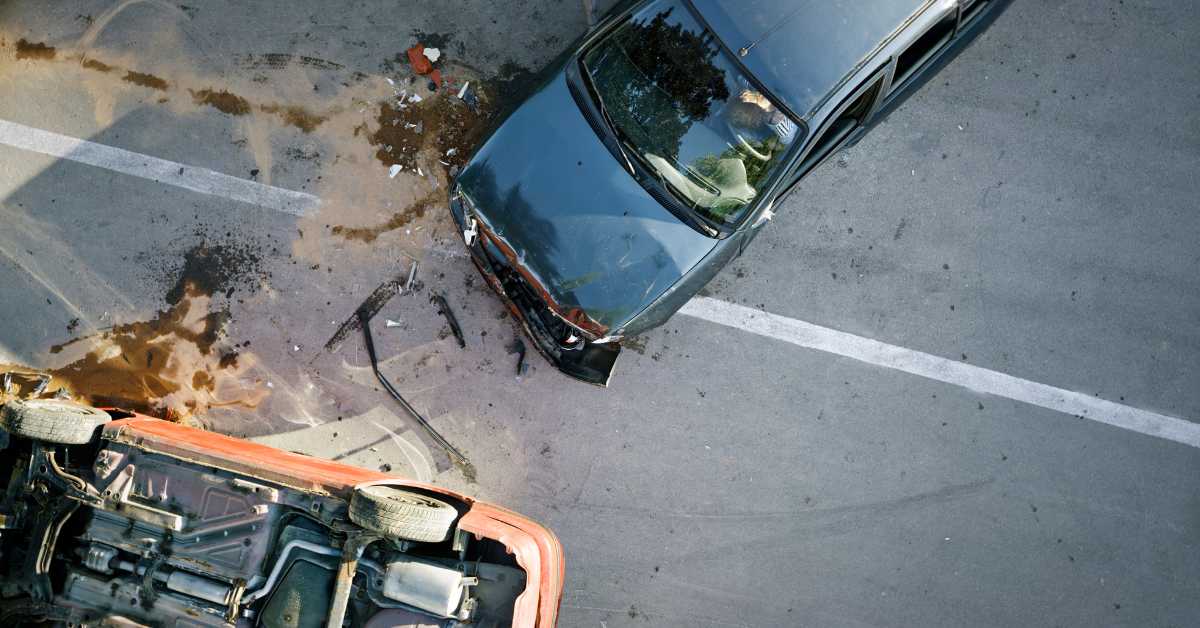
Identifying the liable party in a car accident is an important step in claiming compensation. But accidents are often confusing, and you may not be able to identify who was at fault immediately.
In many rear-end collisions, the rear driver is at fault. But this isn’t always the case. Learn more about rear-end collisions and liability below, then contact a rear-end collision liability lawyer for personalized assistance with your accident claim.
What Is a Rear-End Collision?
A rear-end collision happens when one car’s front bumper strikes another car’s back bumper. These accidents often happen in bumper-to-bumper traffic, when vehicles slow down and stop frequently. But they can happen in any type of traffic and for various reasons.
The main causes of rear-end collisions are:
- Distracted driving (texting, adjusting the radio, talking on the phone, etc.)
- Speeding
- Slippery or otherwise hazardous road conditions
- Tailgating
- Brake malfunctions
- Intoxicated driving
Who Is Liable in a Rear-End Collision?
The liable party in your accident may vary depending on the circumstances of the crash. Below are a few examples of rear-end collisions and the liable parties in each. Your rear-end collision liability lawyer can review the circumstances in your case to determine who to hold liable.
Simple Rear-End Collision
Typically, the rear driver is liable in simple rear-end collisions.
Drivers are responsible for maintaining safe following distances. You should never follow another driver so closely that you do not have time to stop when they slow or brake suddenly.
If a driver rear-ended you while in stop-and-go traffic or simply while driving down the road, they’re likely at fault. There probably wasn’t much you could have done to prevent the accident.
Multi-Vehicle Pile-Ups
Multi-vehicle accidents can complicate liability. When several cars rear-end each other in a row, the front or rear driver is likely liable.
The rear driver might be responsible if they rear-ended the driver in front of them, pushing that vehicle into the one in front of it, and so on. In some cases, the front driver may be liable if they were brake-checking the driver behind them or stopped suddenly in normal-moving traffic.
Brake-Checking
Brake-checking is a common cause of rear-end collisions. Angry drivers may slam on their brakes to cause a rear-end collision because they believe the rear driver was following them too closely.
In many cases, the rear driver is still responsible in a brake-checking accident because they should have left enough room to safely come to a stop behind the front driver. But if there is evidence that the front driver was brake-checking — such as if dashcam footage shows the driver stopping and starting several times for no apparent reason — they may also be partially liable.
Connecticut’s Comparative Fault Law
Connecticut follows a modified comparative fault policy for accident liability. This policy allows any driver who was no more than 50% responsible for an accident to claim compensation.
Because negligence in rear-end collisions isn’t always clear, the insurance company may assign you a percentage of the blame. As long as that percentage is not higher than 50%, you can still seek compensation for your injuries and physical damage. But the insurance company will reduce your compensation amount by your percentage of liability.
Working with a Connecticut car accident lawyer can help you hold the appropriate parties accountable for your rear-end collision and seek maximum compensation. Turn to the compassionate attorneys at the Law Offices of James A. Welcome for dedicated legal guidance and 24/7 support.
To open a case, call 475-241-0824 today for your free consultation with a rear-end collision liability lawyer.
